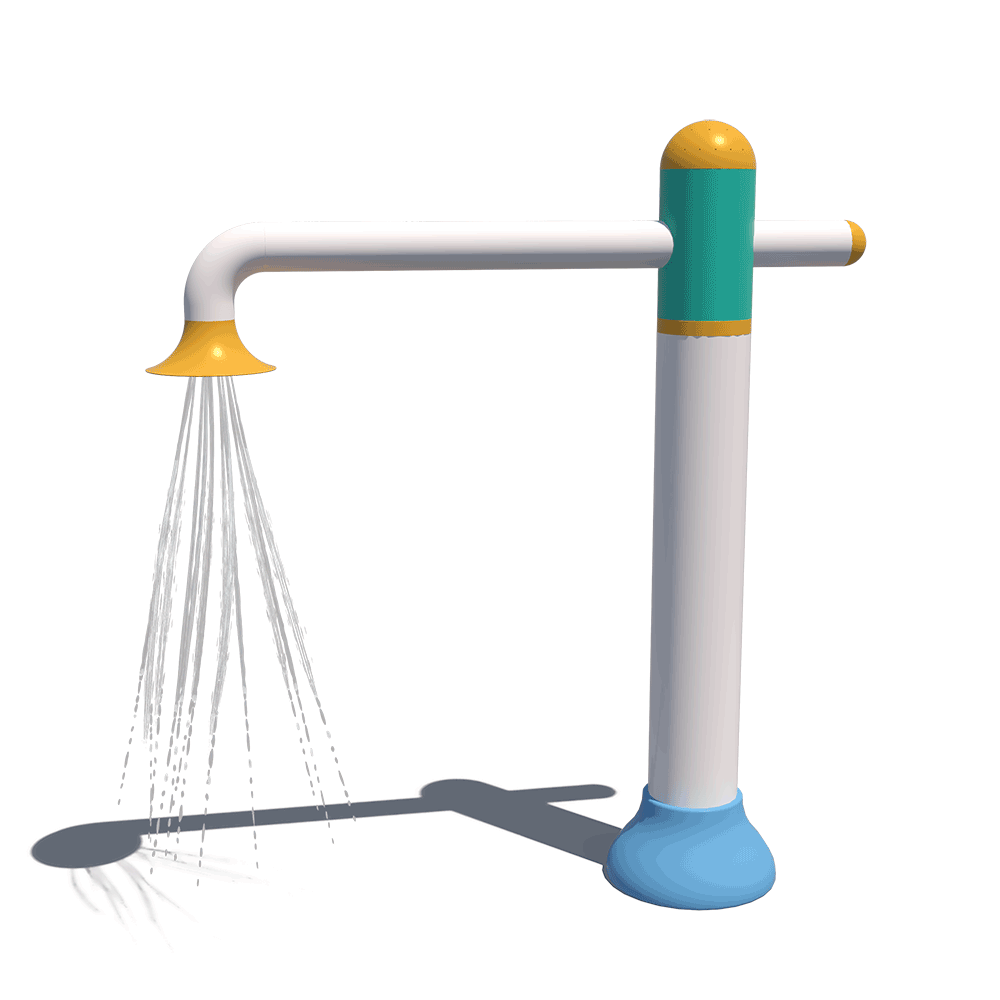
Designing a water park is no small feat. It requires creativity, strategic planning, and the right equipment to bring your vision to life. Whether you’re a business owner looking to create a family-friendly attraction or an entrepreneur entering the world of entertainment, designing a water park can be a rewarding venture. In this guide, we’ll walk you through the steps to design your own water park like a professional. With the help of Cowboy, a trusted water park equipment manufacturer, you’ll learn how to create a unique, safe, and engaging experience for your visitors.
Before diving into the technical aspects of water park design, it’s essential to have a clear vision and set achievable goals. Ask yourself the following questions:
Having a clear vision will guide every decision you make throughout the design process. Cowboy, as a leading water park equipment manufacturer, can help you align your vision with the right products and solutions to meet your goals.
The location of your water park plays a crucial role in its success. Consider the following factors when selecting a site:

Once you’ve identified a suitable location, conduct a feasibility study to evaluate the potential profitability of your water park. This study should include market research, demographic analysis, and projected visitor numbers.
The layout of your water park is critical to its functionality and visitor experience. A well-designed layout ensures smooth traffic flow, minimizes congestion, and maximizes enjoyment. Here’s how to plan your layout:
Organize your water park into distinct zones to cater to different age groups and preferences. For example:
Signature attractions are the centerpiece of your water park and will draw visitors in. Cowboy offers a wide range of innovative water park equipment, including:
Work with Cowboy’s team of experts to customize these attractions to fit your theme and target audience.
Safety should be your top priority when designing a water park. Ensure all attractions meet industry safety standards and provide clear signage throughout the park. Additionally, design the park to be accessible to individuals with disabilities by including ramps, elevators, and accessible restrooms.
Your water park’s success depends on the quality of its equipment. Partnering with a reputable manufacturer like Cowboy ensures you receive durable, safe, and visually appealing products. Cowboy specializes in:
All Cowboy equipment is designed with safety, durability, and aesthetics in mind. Their team can also assist with installation and maintenance to keep your park running smoothly.
Theming and landscaping play a significant role in creating an immersive experience for visitors. Choose a theme that aligns with your vision, such as tropical paradise, pirate adventure, or futuristic water world. Use landscaping elements like palm trees, rock formations, and water features to enhance the theme.
Consider incorporating decorative elements like statues, murals, and themed signage to reinforce the park’s identity. Cowboy can customize water park equipment to match your chosen theme, ensuring a cohesive look and feel.
A successful water park offers more than just attractions. Visitors expect a range of amenities and services to enhance their experience. Include the following in your design:
Additionally, consider offering premium services like private cabanas, VIP lounges, and fast-track passes to cater to different customer preferences.
Integrating technology into your water park can improve operations and enhance the visitor experience. Here are some ways to leverage technology:
By embracing technology, you can streamline operations and provide a seamless experience for your guests.
Once your water park is designed and ready to launch, it’s time to promote it. Develop a comprehensive marketing strategy that includes:
Highlight your park’s unique features and attractions to attract visitors and build excitement.
Before opening your water park to the public, conduct thorough testing to ensure all attractions and facilities are functioning correctly. Invite a small group of guests for a soft opening and gather feedback on their experience. Use this feedback to make any necessary adjustments and optimize operations.
Designing a water park is an ongoing process that requires regular maintenance, updates, and innovation. Partnering with Cowboy ensures you have access to the latest water park equipment and industry expertise. Their team can help you expand your park, introduce new attractions, and keep your visitors coming back for more.
Designing your own water park is a challenging but rewarding endeavor. By following these steps and partnering with Cowboy, a trusted water park equipment manufacturer, you can create a world-class attraction that delights visitors of all ages. From defining your vision to choosing high-quality equipment and incorporating technology, every detail matters in creating an unforgettable experience. Start your journey today and bring your dream water park to life!